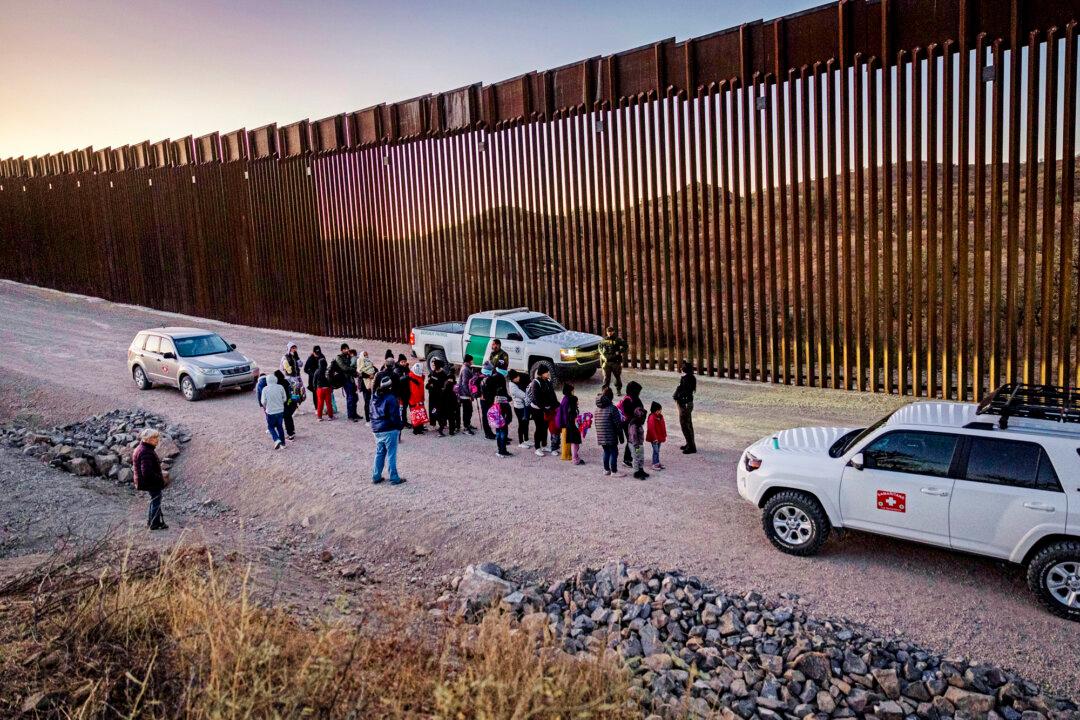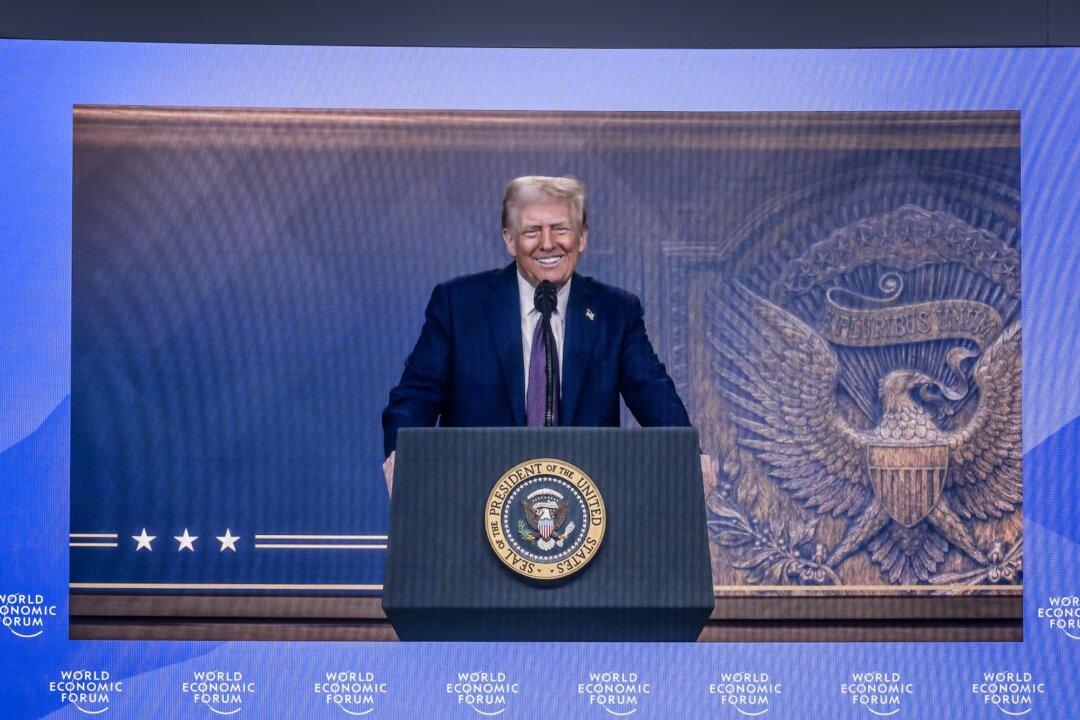America’s trade deficit fell by 7.6 percent in October to a 16-month low, driven in part by lower imports from China amid the ongoing trade dispute.
The smaller trade gap could boost gross domestic product in the fourth quarter.
Total October imports were $254.3 billion, $4.3 billion less than September imports, representing a 1.7 percent month-to-month drop.
In the same period, American exports to China fell from $9 billion to $7.5 billion.
Total October exports from the United States amounted to $207.1 billion, which is a month-to-month drop of 0.2 percent, or $0.4 billion.
The decreases in imports and exports come as the trade conflict with China reaches its seventeenth month.

‘It’s Got to Be Right’
Washington and Beijing have yet to ink a so-called “phase one” agreement announced in October, which had raised hopes of a de-escalation of the trade conflict between the two nations.The world’s two largest economies said in October they had reached a partial trade agreement, in principle, on intellectual property, financial services, and agriculture.
President Donald Trump and Chinese leader Xi Jinping had planned to meet and sign the preliminary trade deal at an Asia-Pacific leaders’ summit in Chile in mid-November, but the summit was canceled.

Speaking ahead of a meeting with NATO leaders in London, Trump said a trade agreement with China might have to wait until after the election in November 2020.
“I have no deadline, no. In some ways, I think I think it’s better to wait until after the election with China,” Trump told reporters. “In some ways, I like the idea of waiting until after the election for the China deal. But they want to make a deal now, and we’ll see whether or not the deal’s going to be right; it’s got to be right.”
The Dow Jones Industrial Average fell more than 450 points in morning trading, recording its biggest fall in two months. The S&P 500 and the Nasdaq Composite also lost more than 1 percent.
Recession Less Likely: Expert Survey
Some two dozen top economists told Bankrate in a Q4 poll that there was a 35 percent chance of a recession in 2020, compared to a 41 percent chance expressed in a similar Q3 survey.“Comments from the panel were consistent with the previous month, with sentiment improving compared to October,” Timothy Fiore, Chair of the ISM Business Survey Committee, said in a release.
While the economy grew at a 2.1 percent pace in the third quarter, the ISM report noted an annualized GDP growth rate of 1.5 percent.
“The past relationship between the PMI [Purchasing Managers’ Index] and the overall economy indicates that the PMI for November (48.1 percent) corresponds to a 1.5-percent increase in real gross domestic product (GDP) on an annualized basis,” Fiore said.
Tariffs on Brazil and Argentina
Meanwhile, Trump announced on Monday renewed steel and aluminum tariffs on Brazil and Argentina, a measure aimed to defend U.S. producers and workers.The recent devaluation of the Brazilian and Argentine currencies prompted him to take action, the president said.
The United States has a trade surplus with Brazil, which swelled in October to its highest level since March 2014. The trade surplus with South and Central America hit a record high in October.
Trump has been implementing or threatening tariffs against a number of countries in an attempt he describes as rebalancing an unfair global trade imbalance.





